Technology
Behind the Curtains of Facial Recognition Technology
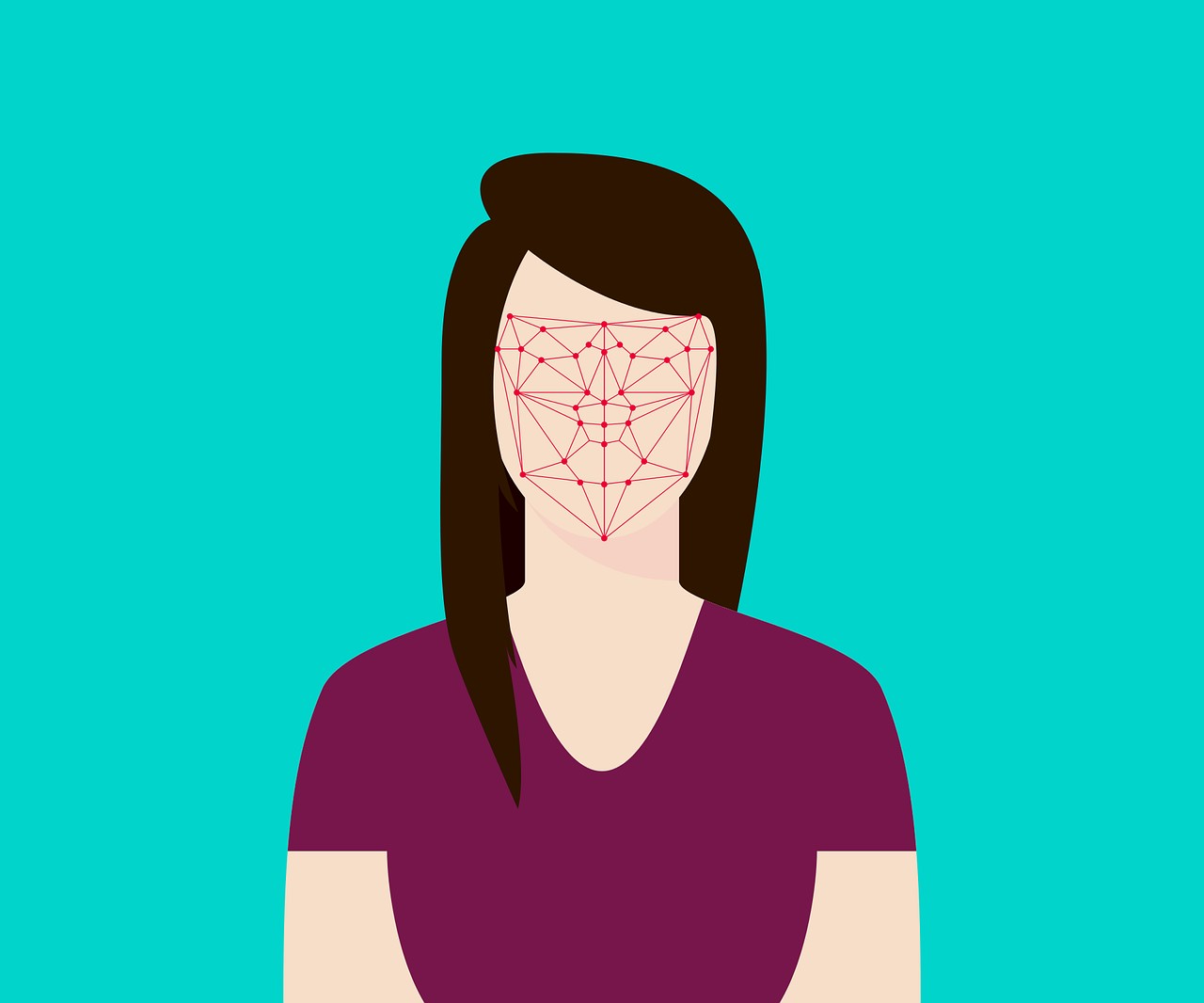
Technology has promised to make our lives better, and it has done so in numerous
ways too. That said, there is always a grey area associated with it. Facial recognition is often considered to be a technology in this category.
Having been around for a while now, there have been cases for and against it. If there is any time to discuss where the court of public opinion should sway regarding facial recognition controversies, it is now.
Table of Contents
What is Facial Recognition Technology?
Facial recognition is not just the technology that allows you to unlock your iPhone X series or other new-generation devices. To properly understand what we are dealing with, we also have to know what facial recognition tech is in its basic form.
Here, we can simply define facial recognition as the technology that helps with the identification and verification of people via the biometric information provided by their faces. Like other forms of identification, this system leverages the understanding that the unique setups of the human face are particular to individuals, and can be used to tell them apart from another person.
As humans, we have the innate ability to recognize people and faces too. When we see someone that we know, there are a lot of processes going on in our brain, but they happen in split seconds to bring about remembrance and recognition.
That is the model which facial recognition tech from all over the world has copied to replicate the results it can generate on a massive scale.
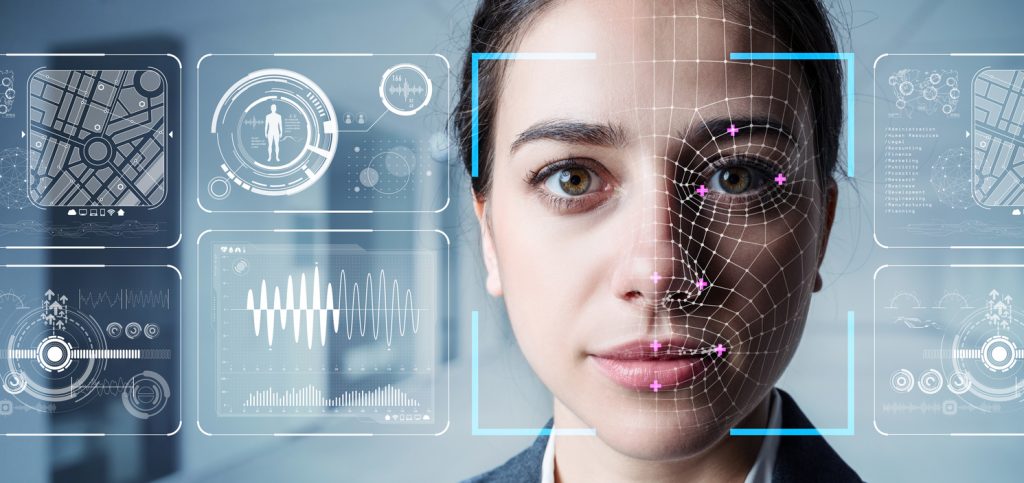
So, how do these systems work?
- A capture of the target’s face is completed to serve as raw data. This face might be captured in isolation or a group/ crowd of people
- The facial recognition algorithms map all the features of the faces so that it can ‘remember’ it. These features include but are not limited to, the geometry of the face, the distance between the eyes, the length between the forehead and chin, special features on the face, etc.
- From the mathematical data generated above, a facial signature is created for the target. This is unique to them unless there is also someone with the same face data (almost impossible).
- When such a face is run through the system again, the AI uses the data from the supplied face and runs it through all the signatures in the database. A match is made.
That looks simple enough, but it takes a lot of processing power to get it done. The intricacies of the calculations that facial recognition tech also have to make for accuracy has greatly improved in the past few years.
Today, we have commercial-grade facial recognition software – such as the one on the Apple iPhone X series – that is accurate to about 1: 1,000,000 odds of making a mistake.
Where Is Facial Recognition Used?
Like we said in the opening part of this, facial recognition is more than what you just use to unlock your phones. While that use case has drawn more attention to it in the past couple of years, it has been applied in different areas of human life.
Looking around today, some of the common use cases of facial recognition tech include:
Airports
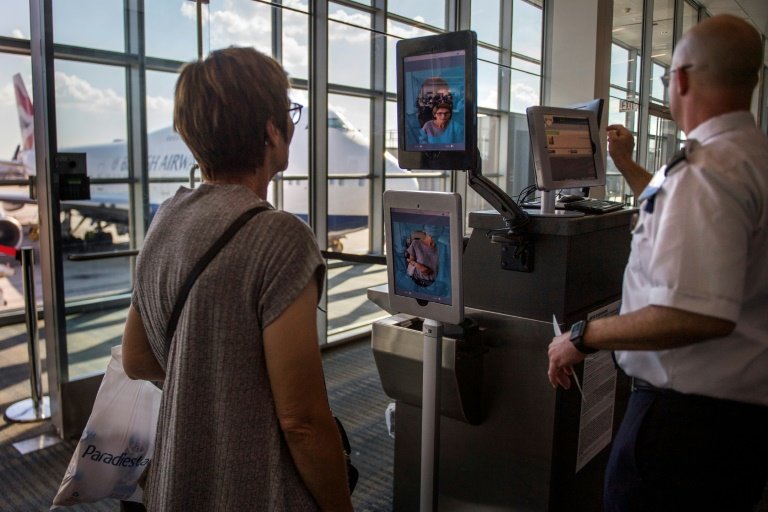
Governments, especially in developed countries, have installed different facial recognition systems in airports all around the world.
The US is known for using this to track known and suspected terrorists before they gain entry into, or leave, the country. It has also been employed to fish out travelers and immigrants that have overstayed their welcome in the country, usually having an expired visa or other crimes to their names.
Computer Systems
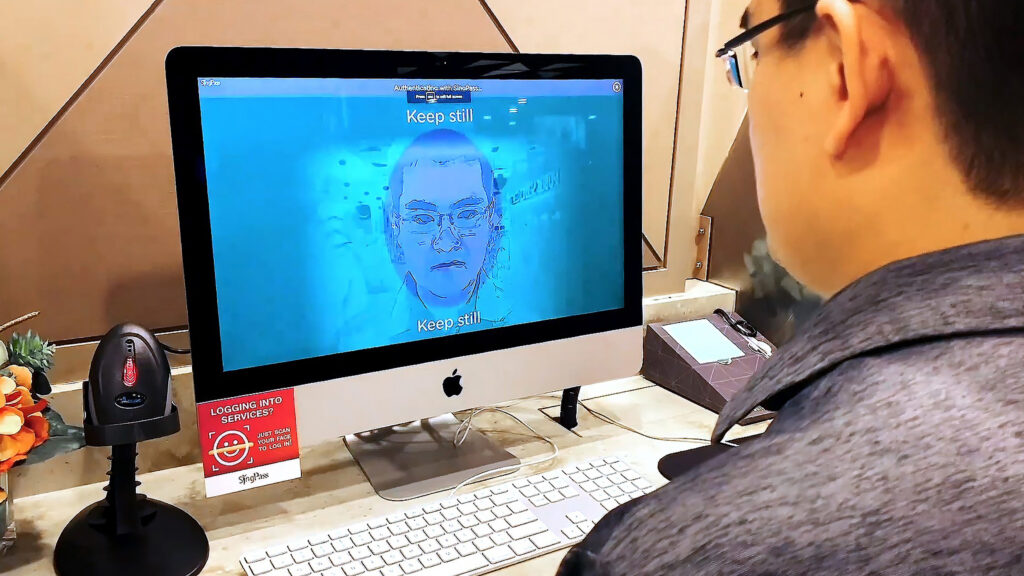
Mobile phones and computers have also enjoyed the use of a facial recognition system, and we are seeing more and more of such units make the market these days.
This is usually offered as an upgrade over the basic fingerprint biometrics system that we saw first – and it could even come alongside this on some models. Laptop and PC manufacturers are also getting in on this trend, fitting their modules with facial login systems for easier access.
The level of security that these applications provide remains a contended topic, but that will be discussed later.
Colleges
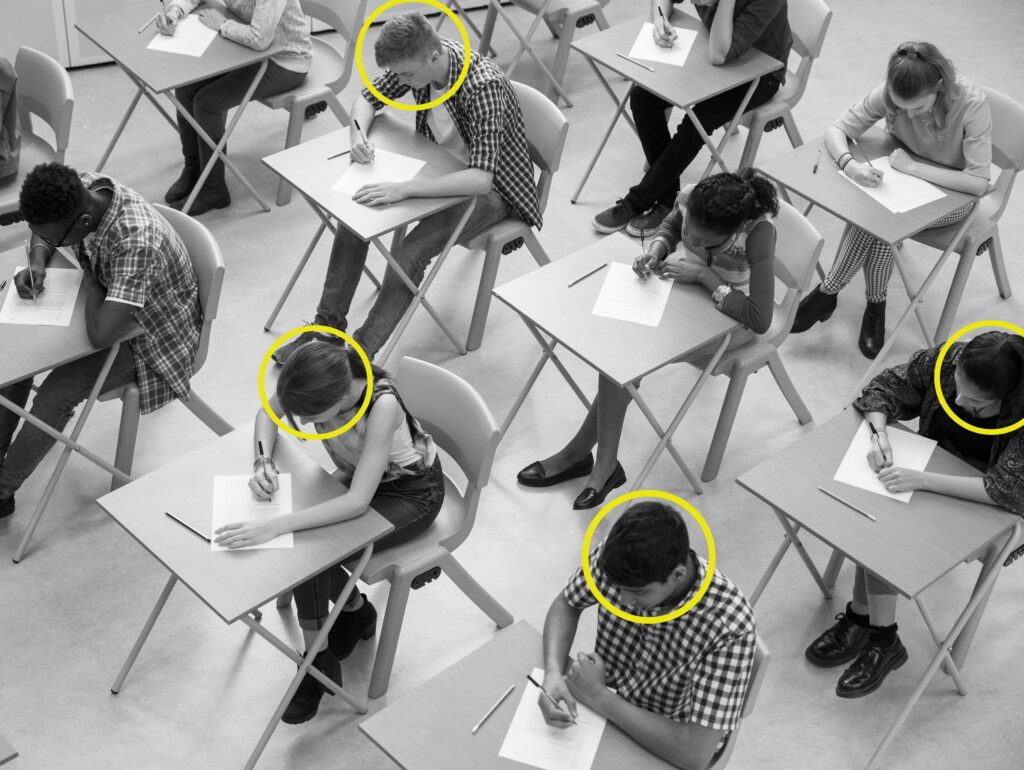
Some colleges have started using facial recognition systems for various purposes.
While some keep the applications to putting up better safety and security around the school, others have opted to bring the technology into the classroom too. Here, it can be employed to take roll calls and determine if a student has been missing class. That, it is believed, beats having a student sign the attendance sheets on behalf of another, curbs examination malpractice, etc.
Businesses
You will be surprised to know that some companies now prefer to have their members of staff access business areas with a facial system rather than ID badges. Likewise, it could also be employed to log the staff member into work, effectively tracking the time that they came in better than non-digital systems can.
Social Media

Social media platforms like Facebook will scan pictures that you upload to identify other users, asking you if you want to tag them in the post. This happens so fast that you don’t even know when they had the time to run all the faces that popped up in your picture frame.
Besides these, stores, markets, religious organizations also make use of facial recognition technology to an extent.
Where Facial Recognition Shines
Safety and Security

Observing all that has been said so far, it becomes easy to see that the most widespread use case for facial recognition is for safety and security.
Government agencies do not have the manpower to go combing through crowds of people in different cities just to identify one person. What they can do, though, is turn to facial recognition so that they get alerted as soon as the cameras find a match anywhere.
This allows for the concentration of resources on finding where the hit originated from rather than expending their energy all over the place.
To this effect, facial recognition has proved successful.
Arrests have been made based on data access via such tech, criminals have been identified and the world can be said to be a safer place for that.
Identification of Missing people
Another plus for facial recognition tech on this front is in the identification of missing people. A trial run of a facial recognition platform once helped in the positive matching and spotting of thousands of missing children within mere hours of its deployment. It remains to see if human efforts, without the tech, could have yielded such results in a little time.
Prevent Malpractice at Schools
The facial recognition tech could also help schools to prevent malpractice. It is not unheard of for students to pay someone else to sit for their exams. While these imposters could get through every other kind of check imaginable, they won’t be able to fool the facial recognition software.
Convenience
While on this matter, the convenience of facial recognition is why many users are flocking towards it. It offers a non-intrusive, contactless method of identifying and verifying people. That is unlike physical checks, fingerprint stops, etc. Thus, there is a convenience that also comes with installing one such system around too.
Speaking of convenience, social giants like Facebook are not the only ones using facial recognition tech to identify you and others in your photos. Look through the main cloud photo storage platforms (think Google Photos and iCloud), and you see how they help you group pictures/ identify contacts based on their facial data.
Prevent Time Frauds
It is not uncommon for employees to come into work late but record earlier times. Sometimes, it is also important within the business to know who accesses what rooms, and at what times. With facial recognition, operations like this become seamless without adding an extra second of wait time.
There are other benefits of facial recognition on smaller scales, depending on where they have been deployed. However, the above have done well to represent the main benefits associated with this form of tech at different times.

Where Facial Recognition Falls Short
For all the good run that facial recognition tech seems to have had, there are serious concerns about it too.
Invasion of Personal privacy
While the government, businesses, store owners and other users in the public space might argue that they are using the tech to regulate crime, they are doing so without consent. Facial data is being collected by these cameras and AI every time, even if you have a sparkling clean record.
In other words, these people are collecting data about you without your consent and permission.
When the government says that it can track down criminals by following their facial data around, they are conveniently not saying that they can track you the same way. After all, the system has not been built to throw an exception when it finds a non-criminal entity.
With such in place, you don’t know how much of what you do is under the watchful eyes of the government and whoever they have put in charge of the systems.
Racial Bias
Racial bias is also something that should be highly considered here.
Some reports have claimed that these facial recognition systems are generally bad at making out people of different races and colors. This same misconception has also been extended to women in diverse ethnic groups. If we are to be honest, there is a bit of truth behind this misconception.
For facial recognition systems to work at their best, they need to be trained with various datasets and faces. In these training modules, so to speak, there is a gross under-representation of people of different races and women.
Such could lead the system to throw a false positive or a false negative. Either way, that might mean disaster for the subject that was not identified, or wrongly identified to be someone else.
Risks of data breach
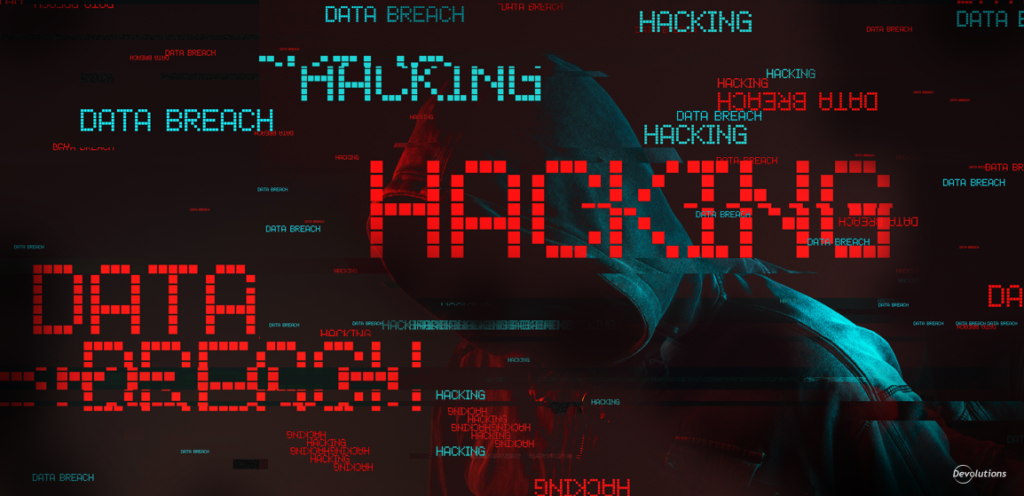
That might not be an issue in itself until you consider what could happen in a data breach. Since you don’t know how this data is being stored, you have the right to be concerned about where it might end up. After all, your face is yours – but the digital version can be used by just about anyone who gets access to it in a data breach.
Lack of regulations
Perhaps the most dangerous thing concerning this piece of technology is the almost non-existent regulation around it.
Even though the technology is being deployed on a larger scale, who checks how it is being used? What governs how the data is being collected, stored and reproduced? Who draws a line between the white-and-blacks of the facial tech world?
Going Forward
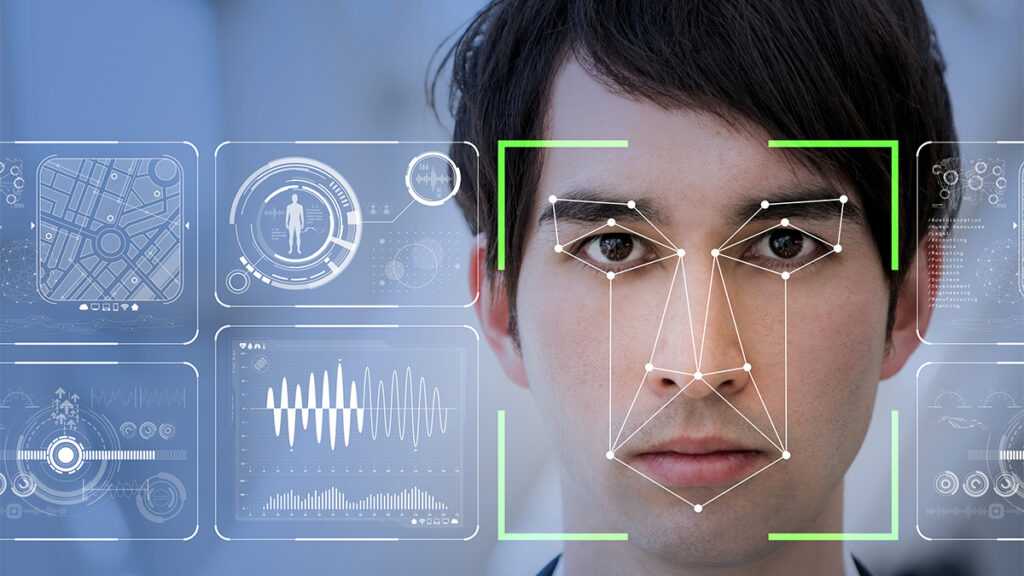
In the closing parts of last year, San Francisco led the charge in becoming the first city to ban the use of facial recognition systems. If there were not strong arguments for this, it would not have happened.
It might be true that they help to analyze threats and neutralize them. However, the grave threats to the privacy and security of peaceful, law-abiding citizens cannot be waived too. If data of any kind is to be collected, including facial information, the least that advocates could do is ask for consent. Facial recognition will not go away. At least, not anytime soon. But then, staying will mean that this tech is ready to conform to regulations which will soon start springing up anyways.
Also Read: Cloud Gaming: Video Game Playing On The Go
Technology
Peering Through the Apple Vision Pro: A New Perspective on Smart Glasses
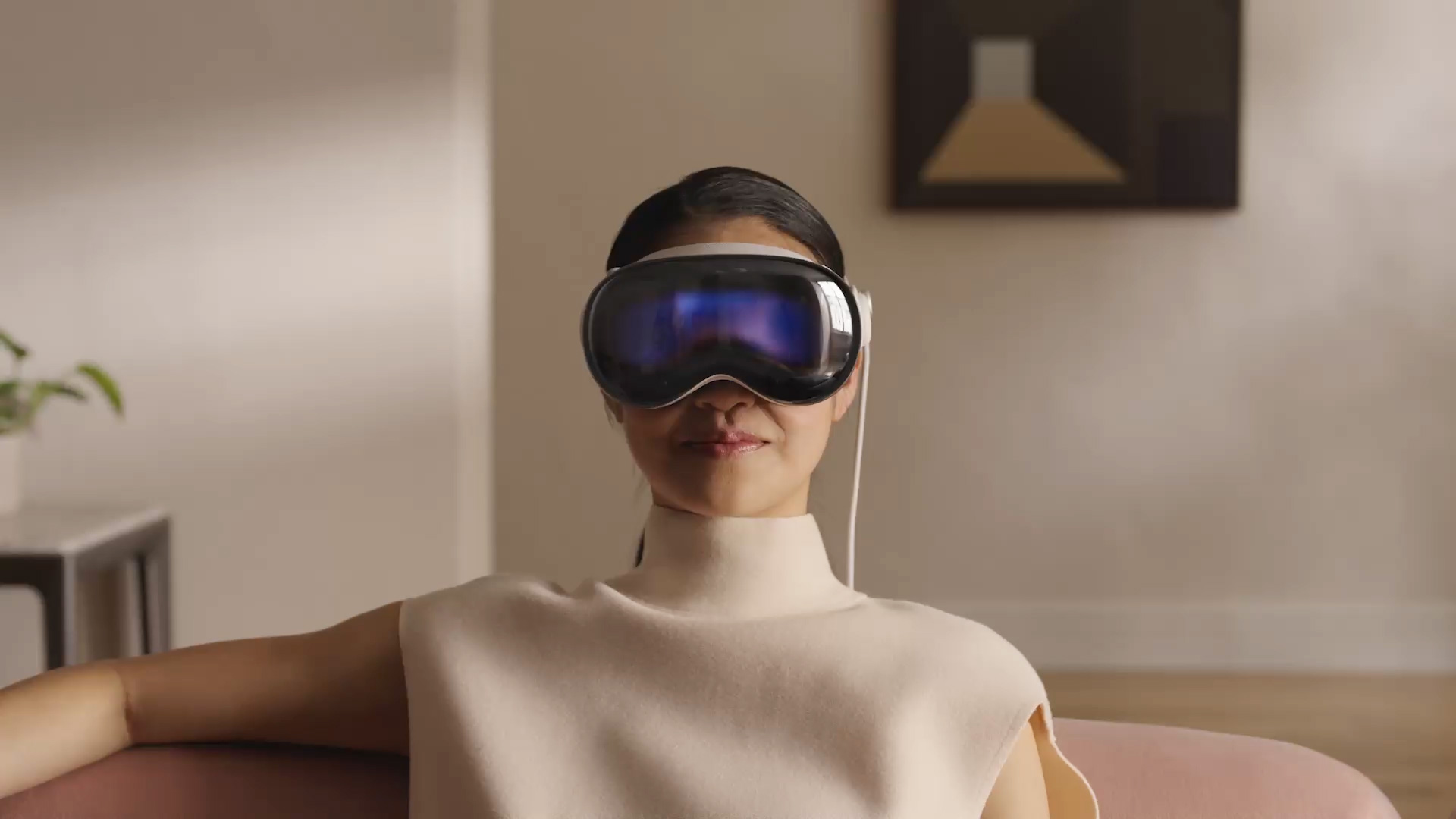
Discover the Future of Sight: Apple Vision Pro Unveils a Revolutionary Leap in Smart Glasses Technology and Augmented Reality Wearables.
Peering through the lens of the Apple Vision Pro, one is transported into a realm where smart glasses technology merges seamlessly with everyday life, offering a glimpse into the future of augmented reality wearables. This review will explore the intricate weave of innovation that Apple has spun into its smart eyewear, providing an insightful analysis of how these AR glasses stand to redefine our interaction with the digital world. As we explore the features, design, and user experience of the Apple Vision Pro, we invite you to join us in discovering how this cutting-edge technology could alter the fabric of our technological interactions and open up new vistas of possibility.
Table of Contents
- Unveiling the Apple Vision Pro: A Comprehensive Review
- The Evolution of Smart Glasses Technology: Where Does Apple Stand?
- Navigating the World with Augmented Reality Wearables: The Apple Vision Pro Experience
- Apple Smart Eyewear: Blending Style with Cutting-Edge Functionality
- Innovations in AR Glasses: How the Apple Vision Pro is Redefining the Genre
- How does the Apple Vision Pro enhance everyday experiences with augmented reality wearables?
- What are the standout features of the Apple Smart Eyewear in comparison to other smart glasses on the market?
- Can the Apple Vision Pro smart glasses technology replace traditional devices like smartphones or tablets?
- How has innovations in AR glasses been pushed forward by the release of Apple Vision Pro?
- What do reviews generally say about the user experience of the Apple Vision Pro?
- Conclusion
Unveiling the Apple Vision Pro: A Comprehensive Review
The Apple Vision Pro emerges as a beacon of innovation in the burgeoning field of smart glasses technology. Its sleek design belies the powerful technology housed within its frames. The high-resolution displays integrated into each lens offer users a crisp and vibrant view of their augmented world, with minimal intrusion into their field of vision. The responsive touchpad located on the side arms allows for intuitive control, ensuring that users can navigate through menus and applications with ease.Audio innovation is another standout feature, with spatial audio capabilities that create an immersive sound experience without the need for earphones. This not only enhances privacy but also maintains a connection with the environment. The Apple Vision Pro’s voice control is underpinned by Siri, which has been refined to understand context and nuance better than ever before.Battery life is a common concern with wearable technology, but the Apple Vision Pro addresses this with an all-day battery that supports wireless charging. This commitment to longevity ensures that users can rely on their smart glasses throughout their daily activities without fear of losing connection to their digital lives.
The Evolution of Smart Glasses Technology: Where Does Apple Stand?
Apple’s foray into smart glasses technology did not happen in isolation. The sector has seen various iterations and improvements over the years, with numerous companies attempting to strike a balance between functionality and wearability. However, where Apple stands out is in its dedication to refining these aspects to near perfection.The Apple Vision Pro builds upon lessons learned from earlier attempts by competitors, integrating advanced AR capabilities while maintaining a form factor that is both comfortable and stylish. This evolution is marked by Apple’s use of custom chipsets that optimise performance while conserving power, a critical factor in wearable tech.Moreover, Apple’s robust ecosystem allows for seamless integration with other devices, enhancing the utility of the Vision Pro. Whether it’s picking up a call from your iPhone or receiving turn-by-turn navigation from Maps, the interoperability is smooth and intuitive. This synergy between devices is not just convenient; it’s transformative, allowing users to stay connected in ways previously unimagined.
Navigating through your day-to-day life with the Apple Vision Pro offers an unparalleled experience. Augmented reality overlays digital information onto the physical world, and with the Vision Pro, this technology reaches new heights of clarity and relevance. Imagine walking down the street and seeing directional arrows on the pavement, guiding you to your destination, or looking at a restaurant and instantly viewing its menu and ratings.The potential for professional use is equally impressive. Architects could visualise buildings within a real-world context, while surgeons could have vital statistics and imaging displayed right before their eyes during procedures. The applications are as varied as they are groundbreaking.Privacy concerns are paramount when it comes to AR wearables, and Apple addresses this by implementing sophisticated data protection measures. Users can trust that their information is secure and that they have control over what they share and when.
Apple Smart Eyewear: Blending Style with Cutting-Edge Functionality
Apple has always placed a premium on design, and the Vision Pro smart eyewear is no exception. These glasses don’t just serve as a portal to augmented reality; they’re also a fashion statement. Available in various styles and finishes, they can complement any look, from business casual to evening chic.The materials used are lightweight yet durable, ensuring comfort during extended wear while also standing up to the rigours of daily use. The attention to detail extends to the lenses themselves, which are treated to be scratch-resistant and anti-reflective.But style does not come at the expense of functionality. Each pair is equipped with advanced sensors that detect gestures and eye movements, allowing users to interact with their device in a way that feels natural and unobtrusive. This harmony between form and function sets a new standard for what smart eyewear can be.
Innovations in AR Glasses: How the Apple Vision Pro is Redefining the Genre
The innovations present in the Apple Vision Pro mark a significant leap forward for AR glasses. One of the most notable advancements is in the realm of personalised experiences. The Vision Pro uses machine learning to understand user preferences and habits, tailoring notifications and content to suit individual needs.The environmental awareness of the device is another groundbreaking feature. Using LiDAR technology, the glasses can map surroundings in real-time, allowing for more accurate and responsive AR interactions. This not only improves user experience but also opens up new possibilities for app developers to create rich, immersive applications that interact with the world around us.Lastly, health monitoring capabilities have been subtly integrated into the design. The Vision Pro can track metrics such as heart rate and steps taken, encouraging users to stay active and mindful of their wellness. These health features blend seamlessly into the overall experience, reinforcing Apple’s commitment to enhancing lives through technology.
How does the Apple Vision Pro enhance everyday experiences with augmented reality wearables?
The Apple Vision Pro smart glasses are designed to seamlessly integrate augmented reality into daily life. By projecting information directly into the user’s field of vision these glasses allow for real-time interaction with notifications navigation and multimedia content without the need to look away from what you’re doing. Imagine walking down the street and getting turn-by-turn directions overlaid onto the real world or viewing a recipe right in front of your eyes while cooking. The hands-free convenience and immersive experience offered by the Apple Vision Pro make it a significant step forward in augmented reality wearables.
What are the standout features of the Apple Smart Eyewear in comparison to other smart glasses on the market?
Apple’s foray into smart eyewear with the Vision Pro brings several standout features that set it apart from competitors. One of the most talked-about features is its advanced retina display which offers crisp and vibrant visuals without being intrusive. Additionally the integration with Apple’s ecosystem allows for a seamless connection with other Apple devices enhancing functionality and user experience. The glasses also boast a sleek design that aligns with Apple’s aesthetic making them not only technologically advanced but also fashion-forward. Battery life and privacy features are also areas where the Apple Vision Pro outshines others offering users peace of mind and extended use throughout their day.
Can the Apple Vision Pro smart glasses technology replace traditional devices like smartphones or tablets?
While the Apple Vision Pro smart glasses offer an array of functionalities that overlap with smartphones and tablets they are not intended to replace these devices completely. Instead they complement them by providing an alternative way to access information and perform certain tasks. For instance while you might still prefer to watch a movie on your tablet’s larger screen the Vision Pro can provide quick glances at messages or emails without having to pull out your phone. They’re particularly useful for situations where using your hands or looking down at a screen is inconvenient or unsafe such as when you’re cycling or carrying groceries.
How has innovations in AR glasses been pushed forward by the release of Apple Vision Pro?
The release of the Apple Vision Pro has undoubtedly accelerated innovation in the AR glasses sector. Apple’s reputation for high-quality user-friendly products means that their entry into this market has raised expectations for what smart glasses can do. The Vision Pro’s sophisticated design and functionality have encouraged competitors to push the boundaries of their own AR technology. Moreover developers are now more incentivised to create apps and experiences tailored to AR wearables knowing there’s a high-quality platform available that can support more complex and engaging augmented reality experiences.
What do reviews generally say about the user experience of the Apple Vision Pro?
Reviews of the Apple Vision Pro have been largely positive with many users praising its intuitive interface and ease of use. Critics have highlighted how the glasses feel natural to wear with notifications and information appearing unobtrusively in the wearer’s line of sight. The device’s lightweight design has also received commendations making it comfortable for extended wear. Users have expressed appreciation for the customisation options available allowing them to tailor their experience to their preferences and needs. While there is always room for improvement such as expanding the app ecosystem the consensus is that Apple has delivered a compelling product that enhances how we interact with technology.
Conclusion
After an in-depth exploration of the Apple Vision Pro it’s clear that these smart glasses are a leap forward in augmented reality wearables. The Apple Vision Pro review highlights its cutting-edge smart glasses technology seamlessly integrating with our daily lives. The innovations in AR glasses have been redefined by Apple’s smart eyewear offering users an unparalleled experience. Don’t miss out on the opportunity to elevate your tech wardrobe; experience the future of augmented reality by getting your hands on the Apple Vision Pro today.
Technology
The Age of Generative Photography in Art: Transforming Pixels into Masterpieces

In an era where technology continually pushes the boundaries of human creativity, the art world has embraced a groundbreaking transformation: Generative Photography. This fusion of art and artificial intelligence has given rise to a new form of artistic expression, enabling artists to harness the power of algorithms and machine learning to create breathtaking visual masterpieces. In this blog post, we’ll delve into the age of Generative Photography in art, uncovering its potential, applications, and how it’s reshaping the art landscape.
Understanding Generative Photography
Generative Photography is a revolutionary concept that marries the artistic vision of photographers with the computational prowess of AI. This new-age technique goes beyond conventional photography by allowing artists to generate, manipulate, and enhance images using algorithms and machine learning. It’s not about replacing the artist’s eye, but enhancing their creative potential.
The Role of AI in Generative Photography
At the heart of Generative Photography lies AI-driven algorithms, which analyze vast datasets to create realistic and imaginative visuals. These algorithms can mimic artistic styles, enhance images, and even generate entirely new compositions. With the help of deep learning, they can identify patterns, understand visual elements, and recreate them with precision.
Applications in the Art World
Generative Photography has found its place in various art forms, from traditional photography to digital art and beyond. Artists are using it to:
1. Artistic Enhancements
Generative Photography enables artists to take an existing image and apply unique artistic filters, styles, and effects. It allows for the creation of one-of-a-kind visual experiences.
2. Artistic Collaboration
Artists are now collaborating with AI systems, working together to produce stunning pieces that merge human creativity with machine precision. The results are often nothing short of extraordinary.
3. Creative Exploration
Generative Photography encourages artists to push their creative boundaries. It serves as a tool for exploration, providing endless possibilities and room for innovation.

The Impact on Artistry
Generative Photography is not just about automation but fostering creativity. It opens doors for artists to experiment and create like never before. Here are some ways it’s impacting the art world:
Unleashing Creativity
Artists are no longer limited by the constraints of traditional photography. With AI as their ally, they can freely explore their imagination, adding unique dimensions to their work.
Breaking Boundaries
Generative Photography challenges the conventional notions of art, pushing the limits of what’s possible. It encourages artists to step outside their comfort zones and create art that surprises and captivates.
Preservation and Evolution
The combination of AI and artistry ensures that traditional and digital art forms are preserved while continually evolving. It’s an exciting era where the past meets the future.
The Future of Art
Generative Photography is still in its infancy, and its potential is boundless. As technology advances and AI becomes more sophisticated, we can expect to see even more groundbreaking developments in the art world.
Art for All
Generative Photography has the power to make art more accessible to the masses. As AI-driven art tools become user-friendly, anyone can explore their artistic side and create stunning visuals.
The Marriage of Tech and Tradition
This revolutionary technique harmonizes technology and tradition, bridging the gap between generations of artists. It’s a testament to the ever-evolving nature of art.
Embracing Change
In an age where change is constant, Generative Photography offers artists a way to adapt, innovate, and thrive in the evolving landscape of art.
Conclusion
Generative Photography is a game-changer in the world of art. It combines the artist’s vision with AI’s computational might to unlock uncharted creative possibilities. This transformative approach not only enhances traditional art but also ushers in a new era of digital artistry. As we move forward, it will be fascinating to witness the art world’s continued evolution through the lens of Generative Photography.
-
Gaming3 years ago
Download Grand Theft Auto V Reloaded (Ultimate Repack)
-
Gaming4 years ago
Make Custom Fortnite Skin in 6 easy steps
-
Cryptocurrency4 years ago
Are Bitcoin Transactions Anonymous? Everything Explained
-
Technology4 years ago
How to Stop Discord From Opening On Startup – Full Guide
-
Gaming4 years ago
Top 7 Games You Can Play With Intel HD 5500, 8GB of RAM, and an Intel i5 Processor
-
Technology3 years ago
What Is Quickbooks Online – Top Benefits of the Software Package
-
Technology3 years ago
Email Archiving Open Source – What You Must Learn
-
Cryptocurrency4 years ago
What is The Name of the General Ledger that Tracks all Bitcoin Transactions?











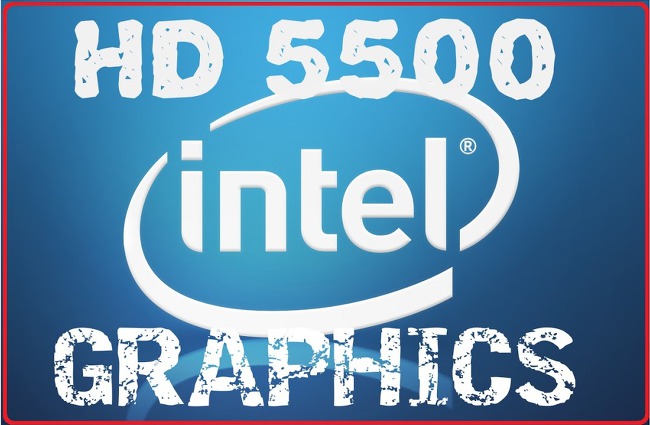


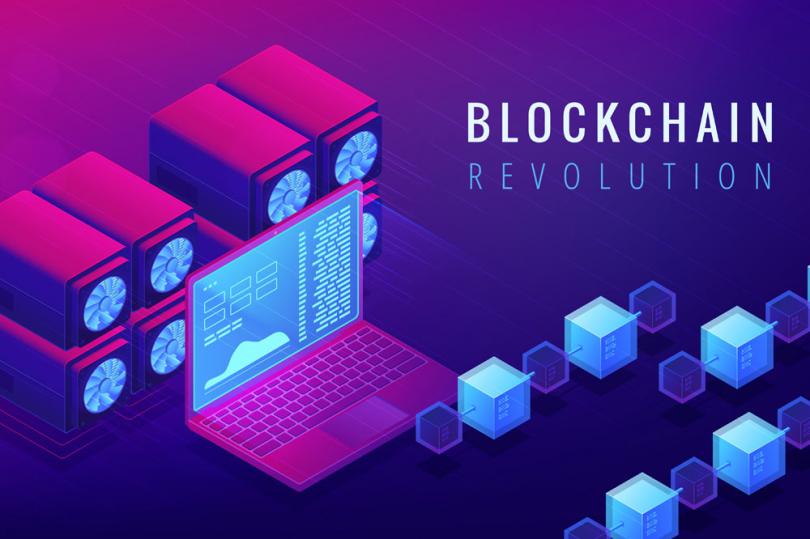



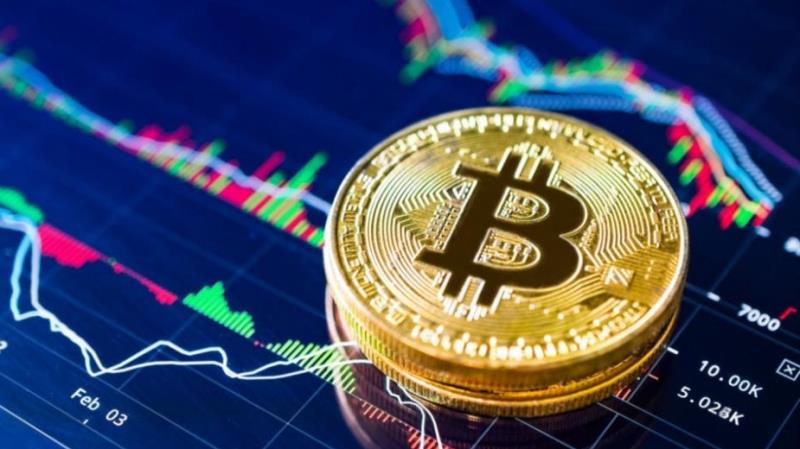
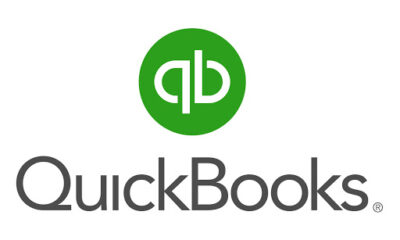

Pingback: How Important is a Cybersecurity Policy: Here Is What Experts Say